Despite being a stranger in a foreign land, Vincent van Gogh got lucky with his chosen neighborhood in Arles. The Place Lamartine was a relatively new part of town. Having developed after the arrival of the railway in 1840, this neighborhood was used to the comings and goings of strangers. Vincent soon became friends with the owners of the Café de la Gare. And it was these café owners, Monsieur and Madame Ginoux, who found Vincent the home, known as the Yellow House, where his triumphs and tragedies would play out. The Yellow House was at the heart of Vincent’s mission to create a modern artistic brotherhood in the south of France. Vincent seemed happier than he had ever been and began to paint obsessively.
Features
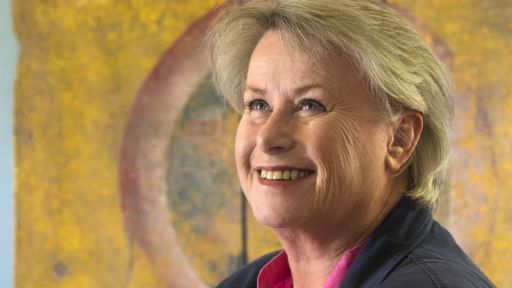
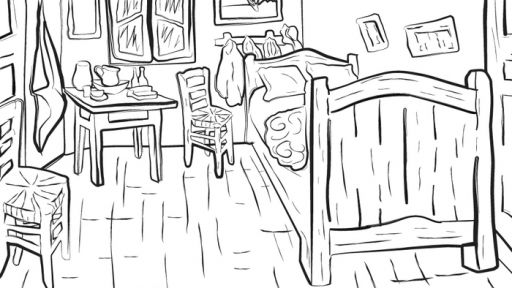
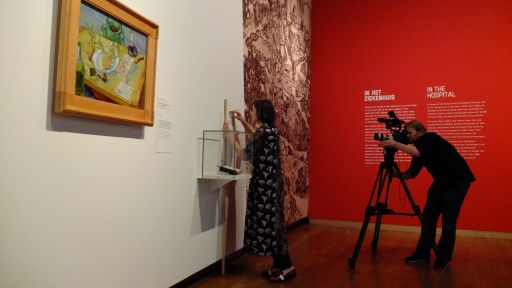
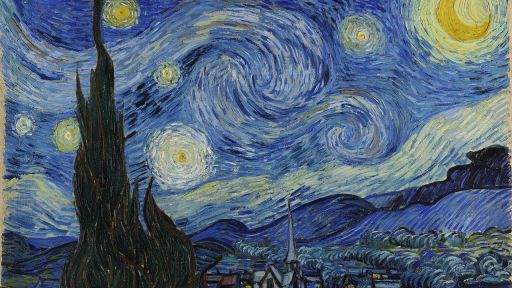
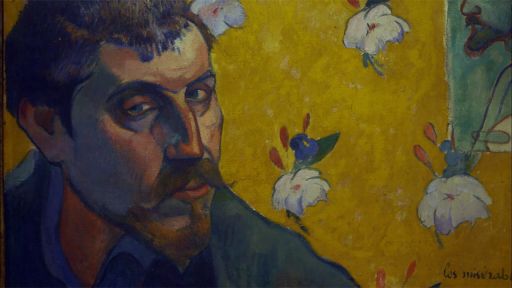
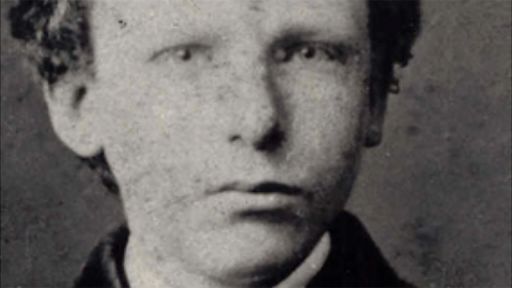
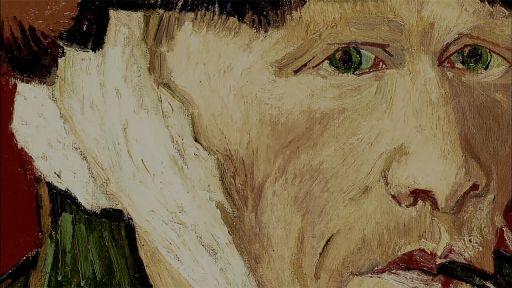

Narrator: The Place Lamartine was a relatively new part of town.
Having developed after the arrival of the railway in 1840, this neighborhood was used to the comings and goings of strangers.
Vincent soon became friends with the owners of the Café de la Gare, the station café. And it was these café owners, Monsieur and Madame Ginoux, who found Vincent the home where his triumphs and tragedies would play out.
Unfortunately, the building was destroyed in World War II.
Murphy: He spoke to the Ginoux family, and they said, 'You can stay here for a few months until the house is ready,' and so Vincent took over a house that was a bit run-down.
The plan was that it was going to be restored, and Vincent chose the color of green for the shutters and the butter yellow of the walls.
Narrator: For Vincent, the yellow house was not just a home, but a base for his far greater ambitions as an artist, which were, like everything else, financed by Theo, his brother.
Meedendorp: Vincent had had some extra money from Theo, and he could buy chairs and table, he could buy beds.
He is making a decoration for this yellow house, so it is a true artist's home.
Also for non-artists to visit, so they can tell that this is a special place, this is where art is, somewhere you can look at art.
Narrator: The yellow house was at the heart of Vincent's mission to create a modern artistic brotherhood in the south of France.
Vincent seemed happier than he had ever been.
He began to paint obsessively.
Naifeh: What's astonishing about Arles is that he could, in a single day, make a great painting that is so intense and so iconic.
Narrator: Inspired by the beauty of the surrounding landscape, van Gogh created more than a hundred paintings.
Were Vincent's artistic achievements in the summer of 1888 the sign of a genius who'd found his path, or was this feverish activity actually evidence of his mental decline?
You May Also Like






